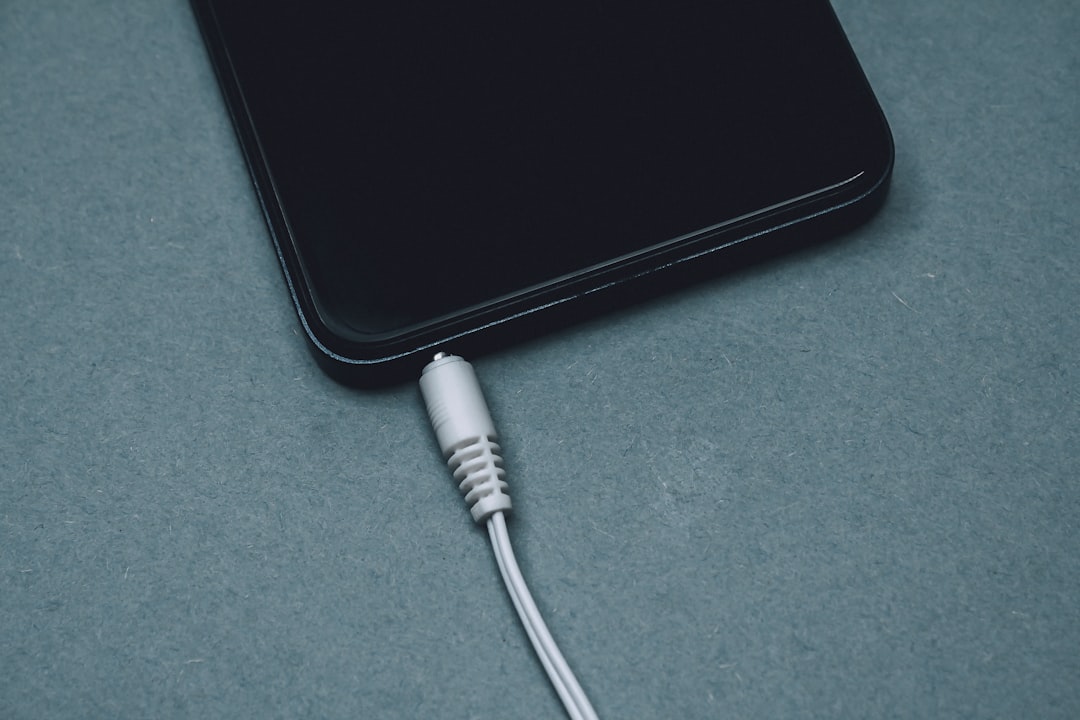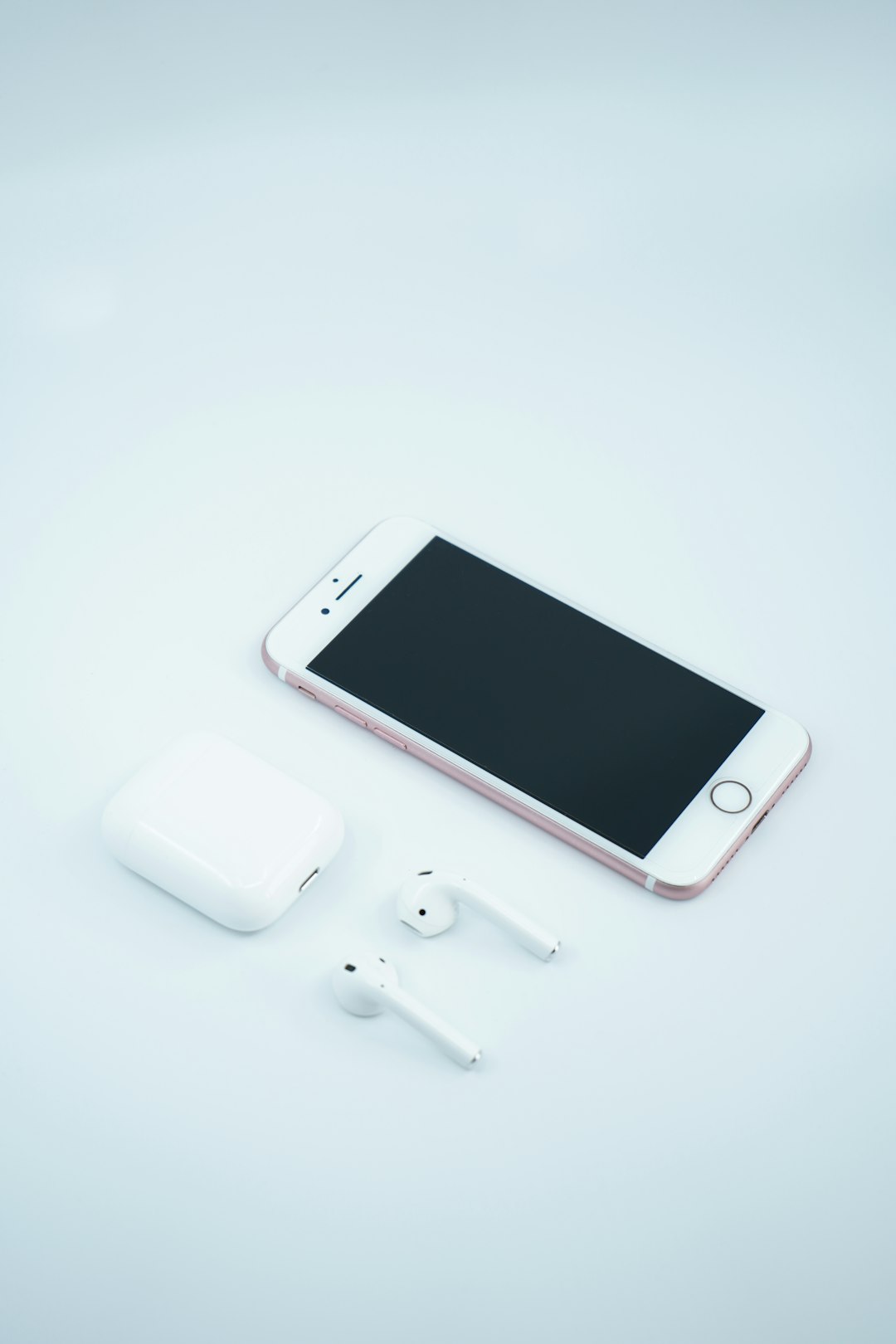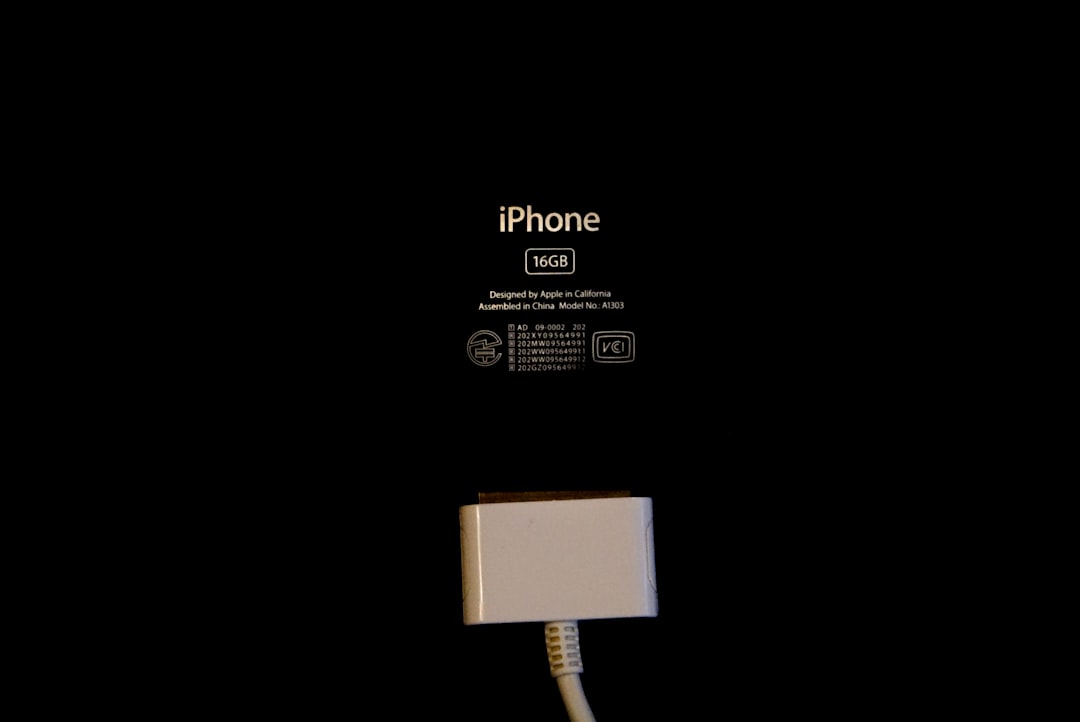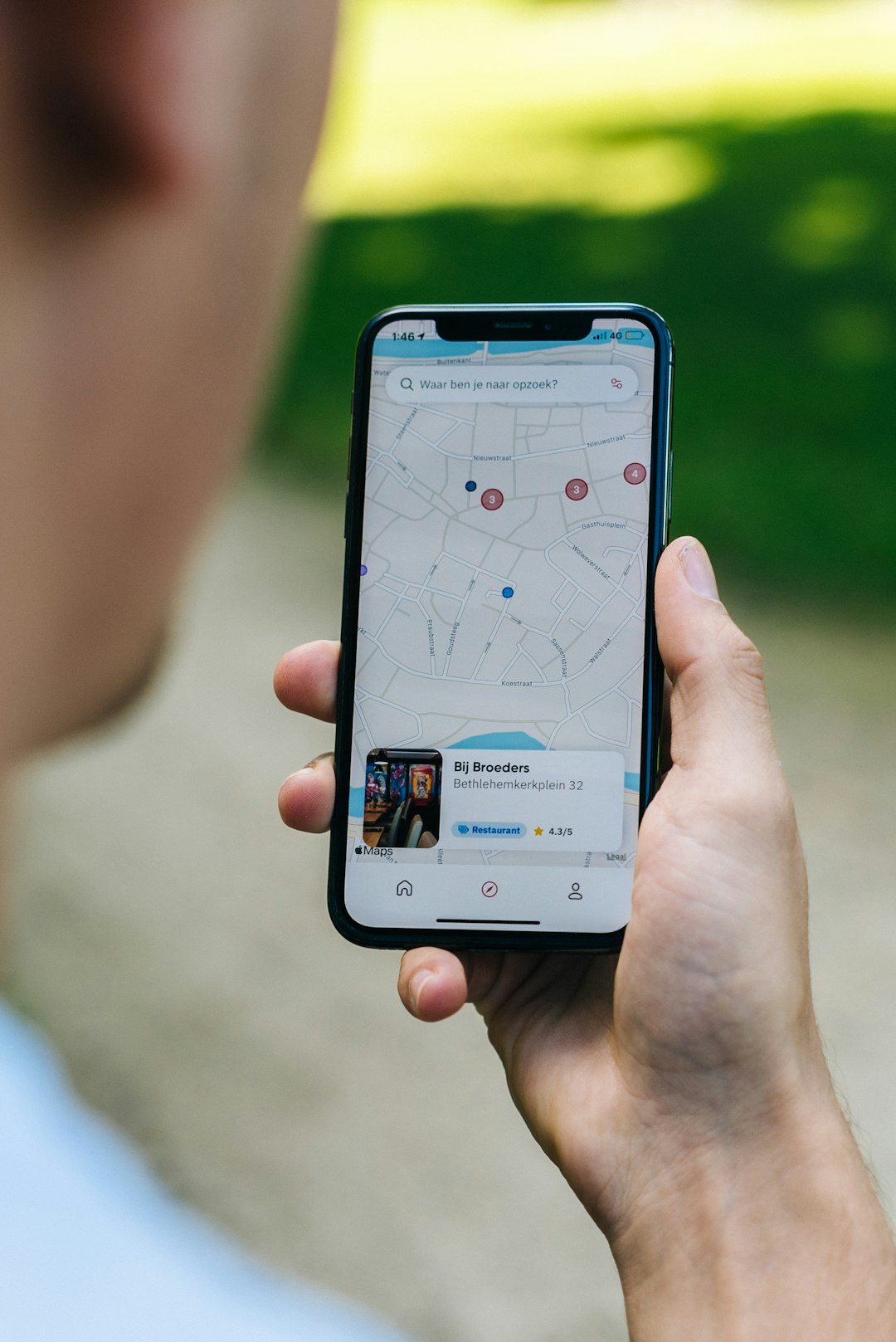The iPhone 15 has generated significant interest with its new features and improvements over previous models. One of the most commonly asked questions is whether the device supports power sharing, a feature that allows a smartphone to transfer battery power to another device wirelessly or via cable.
Understanding Power Sharing
Power sharing, also known as reverse wireless charging or device-to-device charging, is a feature found in some modern smartphones that enables them to share battery power with other devices. This can be particularly useful for charging accessories such as wireless earbuds, smartwatches, or even other phones in emergency situations.
Does the iPhone 15 Support Power Sharing?
As of now, the iPhone 15 does not have a fully functional power-sharing feature similar to what some Android devices offer. Apple has yet to introduce true reverse wireless charging that allows the iPhone 15 to wirelessly charge other devices like AirPods or another iPhone.
However, there are some related features worth noting:
- Wired Battery Sharing: The iPhone 15 models feature a USB-C port, allowing direct wired charging for some accessories. This means users can power up AirPods or other compatible accessories using a USB-C to USB-C or USB-C to Lightning cable.
- MagSafe and Wireless Charging: While the iPhone 15 supports MagSafe wireless charging, it does not allow for wirelessly sharing its battery power with another device.
- Battery Pack Support: Apple offers MagSafe-compatible battery packs that attach magnetically to the back of the iPhone 15 for extra power, though these do not allow the iPhone to act as a power source for other devices.

Why Doesn’t the iPhone 15 Have Power Sharing?
There are several reasons Apple may have chosen not to include a full-fledged reverse wireless charging capability in the iPhone 15:
- Battery Efficiency: Power-sharing features consume a significant amount of battery life. Since iPhones prioritize battery optimization, Apple may be hesitant to introduce a feature that could rapidly deplete a user’s charge.
- Heat Management: Reverse wireless charging generates additional heat, which can affect device performance and longevity. Managing this heat efficiently in a compact smartphone remains a challenge.
- Hardware Priorities: Apple focuses on refining MagSafe and improving efficiency rather than adding new power-demanding functionalities. Instead of power sharing, it has opted to improve overall battery life and charging speed.
Will Future iPhones Have Power Sharing?
While the iPhone 15 does not currently support true reverse wireless charging, there have been ongoing rumors that Apple is working on implementing this feature in future models. Some industry reports suggest that Apple is developing a system allowing iPhones to wirelessly charge accessories like AirPods or an Apple Watch when placed on the back of the device.

Given Apple’s history of introducing new technology carefully and progressively, power-sharing capabilities could be integrated in a future update with optimized energy efficiency and heat management improvements.
Alternative Options for Sharing Power
Even though the iPhone 15 lacks built-in power-sharing, there are several workarounds users can consider:
- Using a Power Bank: Carrying a compact power bank can provide quick and convenient charging for iPhones and other Apple accessories.
- Using a Two-Way USB-C Cable: Some USB-C cables allow power transfer between two devices, though this function depends on the power delivery rules of each device.
- MagSafe Battery Pack: Apple’s official MagSafe battery packs and third-party alternatives can offer extended battery life without requiring built-in power-sharing support.
Conclusion
The iPhone 15 does not currently feature full power sharing capabilities like some Android devices. While it does support wired charging for select accessories via its USB-C port, true reverse wireless charging remains unavailable. Apple continues to prioritize battery efficiency and charging technology improvements, making it possible that future iPhones could adopt power-sharing features.

For now, users looking for alternative ways to keep their devices powered should consider options like power banks, MagSafe battery accessories, or USB-C charging solutions.
